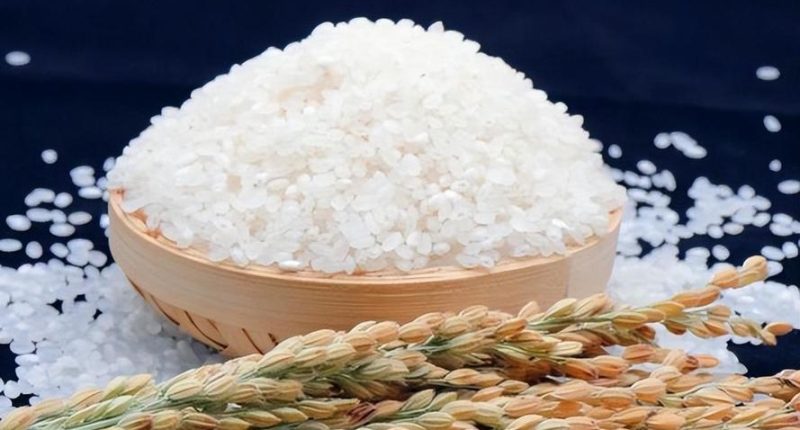Thailand has cemented its position as the largest agricultural exporter in Southeast Asia and ranks as the eighth-largest globally. Leveraging its Free Trade Agreements (FTAs), the nation has seen remarkable growth in agricultural exports, a development that underscores Thailand’s strategic approach to international trade.
Thailand’s Rise as a Leading Agricultural Exporter
1. The Role of Free Trade Agreements in Thailand’s Success
Free Trade Agreements (FTAs) have been crucial to Thailand’s export growth, providing a competitive edge in global markets.
- Trade Agreements with Key Markets: Thailand currently has 14 FTAs with 18 countries, including the Regional Comprehensive Economic Partnership (RCEP). These agreements reduce import tariffs, allowing Thai products to access international markets more competitively.
- Increased Export Volumes: In the first eight months of 2024, Thailand’s agricultural exports reached US$19.8 billion (638 billion baht), an impressive 8% increase year-on-year. The FTAs contributed significantly, with exports to partner countries accounting for 69% of Thailand’s total agricultural exports.
Major FTA Benefits for Thai Agricultural Products
Thailand’s FTAs enable tariff-free exports on various agricultural goods, including rubber, tapioca, and processed chicken, further enhancing the competitiveness of these exports in global markets.
2. Thailand’s Key Export Markets and Growth Figures
Thailand’s success is also attributed to its strong relationships with key export markets, primarily in Asia.
- Top Importers of Thai Products: China is the top importer of Thai agricultural products, contributing 31% of the nation’s export revenue, followed by ASEAN countries (15%), Japan (11%), and South Korea (3%).
- Growing Demand Across Asia: ASEAN saw a 39% increase in Thai imports, India 34%, and Australia 23%, reflecting Thailand’s expanding influence within Southeast Asia.
Expanding Agricultural Export Revenues in 2024
In August 2024, exports to FTA partners reached US$1.7 billion, a 9% increase from the previous month. Fresh and processed products saw particularly high demand, showcasing Thailand’s diversified agricultural offerings.
3. High-Demand Thai Agricultural Exports
Thailand’s agricultural exports encompass a range of high-demand products that play a significant role in the nation’s economic growth.
- Fruit Exports: Thailand’s fresh, chilled, and frozen fruits lead the pack, generating $604 million in August 2024 alone, marking a 21% increase.
- Rice and Rubber: Rice exports hit $562 million, reflecting a 41% increase, while natural rubber contributed $497 million, with a 9% growth rate.
- Chicken and Tapioca: Processed chicken reached $392 million, up 6%, and tapioca products reached $260 million, up 2%.
Thailand’s Diverse Agricultural Export Portfolio
The diversity of Thailand’s agricultural products, from fruit to poultry, demonstrates the country’s ability to cater to a wide variety of market demands globally.
4. Strategic Insights for Thai Entrepreneurs
The Department of Trade Negotiations has encouraged Thai entrepreneurs to take full advantage of FTA privileges to expand their reach in international markets.
- Maximizing FTA Benefits: Entrepreneurs are advised to leverage FTAs strategically, especially in emerging markets like India and ASEAN.
- Promoting Sustainable Growth: By focusing on markets with rising demand, Thai exporters can further bolster their presence and strengthen Thailand’s agricultural sector.
Fostering Sustainable Export Growth in Thailand
With the ongoing development of sustainable and high-quality agricultural practices, Thai entrepreneurs can continue to thrive on the global stage by prioritizing innovative approaches and sustainable practices.
5. Thailand’s Position as a Global Agricultural Export Leader
Thailand’s agricultural export strategy, supported by FTAs, has positioned it as a dominant force in Southeast Asia and a significant player globally.
- Global Recognition: Ranking as the 8th largest agricultural exporter worldwide, Thailand’s success has been recognized globally, reflecting its dedication to quality and trade efficiency.
- Future Prospects: With continuous improvements to trade agreements and an emphasis on sustainable agricultural practices, Thailand is well-positioned to further increase its export volume and global influence.
The Future of Thai Agricultural Exports
As Thailand continues to grow its agricultural export industry, the nation’s commitment to trade, quality, and sustainability will play a pivotal role in maintaining its position as a leading exporter.
Conclusion: Thailand’s Agricultural Export Success Through Strategic FTAs
Thailand’s achievement as Southeast Asia’s largest agricultural exporter and the 8th largest globally is a testament to the effectiveness of its Free Trade Agreements. By tapping into strategic markets and prioritizing diverse agricultural products, Thailand has secured a powerful presence in the global agricultural economy. As Thailand continues to enhance its trade agreements and focus on sustainable practices, the nation’s position as an agricultural powerhouse is set to grow even stronger.








